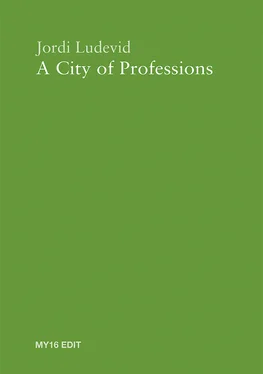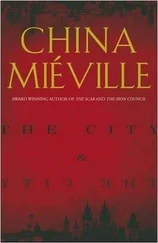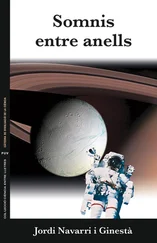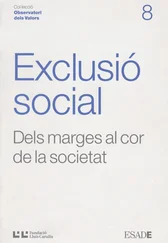As an architect and a connoisseur of professional associations, the author of A City of Professions offers a reflection on the mission of professionals as the backbone of contemporary cities. Now more than ever, in the midst of the coronavirus crisis, we need texts like this one that force us to rethink the various missions of professional life as a whole, from a perspective that aims to show the values of interdisciplinarity and the ethical dimension inherent in human beings, whatever their profession and the work they do.
Victoria Camps
Philosopher
Justification
The images that precede each of the 10 chapters of this book correspond to the design panels for the 10 facilities included in the Heritage Park Project of the Sèquia de Manresa (2002). The director of the project was Jordi Ludevid, architect, and the author of the design panels was Cristina Murta, architect.
The Sèquia de Manresa is a medieval canal that has been carrying water taken from the Llobregat River from Balsareny to Manresa since the 14th century. It is 22.2 kilometres long and has a small difference in height of 10 metres; it has now been transformed into a scenic trail and a linear park. The 10 facilities, which were designed in collaboration with the architect Álvaro Siza Vieira, invite visitors to observe and appreciate the current complex landscapes through a detailed discovery of their structure, morphology and heritage. They form 10 stages of a single trail and a single journey. By the end of the route, they convey and fully explain the creation and meaning of the city at its heart, Manresa.
A City of Professions is also conceived as an itinerary and as a journey through the professional world, which ultimately leads to cities. In our case, the 10 chapters of the book are the 10 facilities. Each of them lets us approach a different layer of the varied and complex landscapes of professional activity. A professional fact that was born in the polis and that only makes sense within it.
Jordi Ludevid
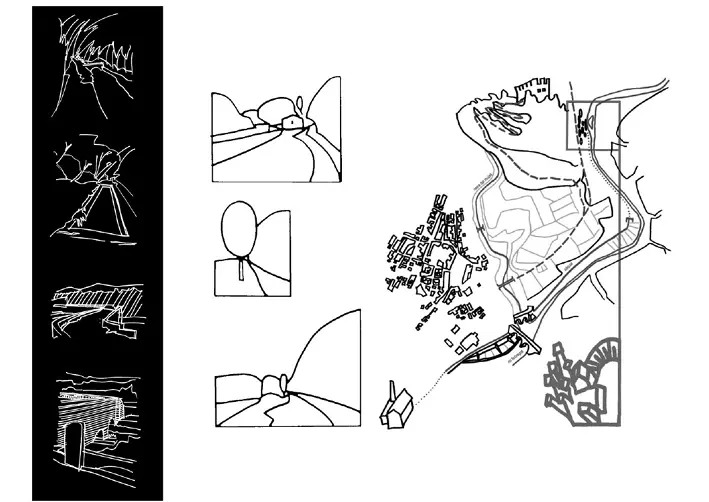
I. La Resclosa dels Manresans (13th century)
The origins, the zero point, the source of the canal and the path
of the water, an initial control and a transverse route.
I. Introduction
Today, professional activity directly affects more than two million members of professional associations in Spain, more than 350 million in the world. They make up 4.3% of the total Spanish population and 25% of the working population. If we add those professionals who are not members of a professional association, the figures double. And if we also consider those working in the many trades that are now considered professionals, the figures are even higher. Thus, the group ultimately makes up a very large, unsuspected, decisive majority, which easily exceeds 50% of the working population – and of voters – in large cities all over the world.
Professionals are not, therefore, a minority; they are a central core component of the middle classes and of society as a whole. As Talcott Parsons states, «the professional complex, although incomplete in its development, is already the most important component of the structure of modern societies.»1 And yet, despite all this, the professional complex is still largely being neglected, if not blatantly ignored or even undermined.
In recent decades, there have been very few studies undertaken from within the professional world itself. In fact, they have been practically non-existent.2 However, it seems clear that reflections «from the inside» would offer a less disciplinary or academic vision; and although it might be less specialised, the perspective would be inspiring and much more practical and holistic, and more political.
In any case, if professionalism as a democratic virtue were recognised as a crucial, truly essential social need, as no doubt it should be, this recognition would soon be extended to professionals and professions, leading to a reconsideration of the professional fact as a whole.
However, a number of disturbing questions come to mind, chaotically and in droves, in the face of this panorama: Do governments today guarantee the economic, social and educational rights of their professionals? Aren’t the serious problems they are facing today also urban and global problems, social and political problems? Aren’t the same problems experienced in other similar realities such as by the self-employed, small and medium-sized businesses, and civil servants? And, besides, isn’t every city and every neighbourhood a site for the action, interaction, and amalgam of the practice of the different professions? And aren’t the professions today practised within a globalised network society and in a completely different context? Finally, have national governments and cities around the world ensured the continuity of know-how and craftsmanship, trades and professions during the period from the 19th century to the present day?
One thing is clear: in the face of social emergencies and pandemics, the professions always rise to the challenge. But why do we only remember them in a crisis? What is a profession? How does a mere technician or expert differ from a professional? Is the professional fact relevant today in a world of cities and at a time that is completely conditioned by digital disruption and a public health crisis? What does it mean to say, «We are not heroes, we are professionals»?
Curiously, seeking out and finding answers to these troubling questions requires an unknown, long, uncertain and intense journey of discovery, not only into the past, but also into the very different, and sometimes dramatic, context in which professions and trades are practised around the world today.
1Talcott Parsons (1902-1979) was an American sociologist who continued the work of Max Weber and Émile Durkheim, arguing that professional activity fundamentally shaped modern liberalism.
2A recent reflection, somewhat difficult to categorise, seems to have been come from close to the professional world, although it does not have great faith in its future: The Future of Professions, by Daniel and Richard Susskind, Oxford University Press, 2015. In response, the psychologist Howard Gardner opened an interesting debate at Harvard University: Is There a Future for the Professions? An Interim Verdict, Harvard University, 2015, available at: https://howardgardner.com/2015/12/11/a-future-for-the-professions/.
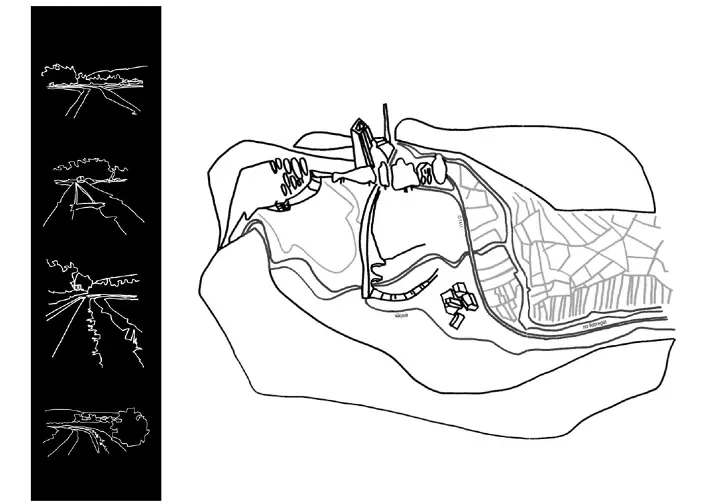
II. The Conangle aqueduct
14th-century heritage element, masonry structure,
a car park, a belvedere.
II. Recovering the Words
Since the end of the 19th century and throughout the 20th, the professional fact has been studied extensively from the perspective of sociology and moral philosophy, from ethics and from the world of law. Herbert Spencer, Max Weber, Émile Durkheim and, more recently, Miguel Herrero y Rodríguez de Miñón, Richard Sennett, Donald Schön, Victoria Camps, Adela Cortina, Javier Gomá and Augusto Hortal are just some examples.
However, from the beginning of the 20th century to the present day, the period in which the professional phenomenon has grown exponentially, there have been practically no reflections that have come from within, and there have been very few congresses or colloquia on the subject. As a result, the professional phenomenon is, in reality, ostensibly unknown, even from within its own institutions.
In order to examine it, we will need to put together a puzzle of elements that are completely scattered, in order to construct a coherent and contemporary overview, which can offer a certain contrast with the academic studies that are currently available, developed mainly from the fields of sociology and moral philosophy. Reflections that will support dissemination and debate in a language that is much closer to the daily reality of professionals and citizens. It is as though sociology and philosophy were never discussed by sociologists and philosophers, but only by others. It is odd.
Читать дальше
